


X-39
As of early 1999, the X-39 designator is apparenty unassigned, but it is reported to be reserved for use by the Air Force Research Laboratory. The designation may be intended for subscale unmanned demonstrators planned under the Future Aircraft Technology Enhancements
(FATE) program.
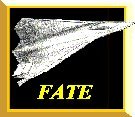 FATE develops revolutionary technologies that will become the foundation for next generation warfighters. It will be these new systems that will provide the US with air and space superiority into the 21st century. Examples of FATE technologies include affordable low-observable data systems, active aeroelastic wing, robust composite sandwich structures, advanced compact inlets, photonic vehicle management systems, self-adaptive flight controls and electric actuation. Each of the major airframers has performed a long-range study on next-generation aircraft.
A subset of the national Fixed Wing Vehicle (FWV) Program, FATE was structured with three phases:
FATE develops revolutionary technologies that will become the foundation for next generation warfighters. It will be these new systems that will provide the US with air and space superiority into the 21st century. Examples of FATE technologies include affordable low-observable data systems, active aeroelastic wing, robust composite sandwich structures, advanced compact inlets, photonic vehicle management systems, self-adaptive flight controls and electric actuation. Each of the major airframers has performed a long-range study on next-generation aircraft.
A subset of the national Fixed Wing Vehicle (FWV) Program, FATE was structured with three phases:
- FATE I, Phase I: Define a set of aircraft technologies that must be flight test validated in a new air vehicle to meet FWV Phase I program goals for a fighter attack class of aircraft, including both inhabited and uninhabited aircraft.
- FATE I, Phase II: Develop preliminary vehicle design concepts, a demonstrator system, and demonstration plans.
- FATE II: Develop, build and flight-test a demonstrator vehicle to achieve program goals.
FATE I, Phase I was used as a jump start for the Unmanned Combat Air Vehicle Advanced Technology Demonstration [UCAV ATD] that will replace the FATE activity.
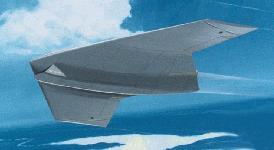
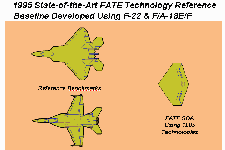

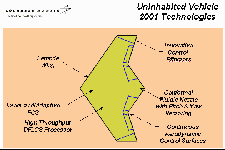
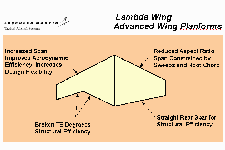
Sources and Resources
http://www.fas.org/man/dod-101/sys/ac/x-39.htm
Maintained by Robert Sherman
Originally created by John Pike
Updated Thursday, December 24, 1998 8:13:37 AM








 FATE develops revolutionary technologies that will become the foundation for next generation warfighters. It will be these new systems that will provide the US with air and space superiority into the 21st century. Examples of FATE technologies include affordable low-observable data systems, active aeroelastic wing, robust composite sandwich structures, advanced compact inlets, photonic vehicle management systems, self-adaptive flight controls and electric actuation. Each of the major airframers has performed a long-range study on next-generation aircraft.
A subset of the national Fixed Wing Vehicle (FWV) Program, FATE was structured with three phases:
FATE develops revolutionary technologies that will become the foundation for next generation warfighters. It will be these new systems that will provide the US with air and space superiority into the 21st century. Examples of FATE technologies include affordable low-observable data systems, active aeroelastic wing, robust composite sandwich structures, advanced compact inlets, photonic vehicle management systems, self-adaptive flight controls and electric actuation. Each of the major airframers has performed a long-range study on next-generation aircraft.
A subset of the national Fixed Wing Vehicle (FWV) Program, FATE was structured with three phases:




